Understanding the 1976 $2 Bill: History, Value, and What Makes It Special
The story of the United States gaining independence dates back well before July 4, 1776, yet this date remains the defining moment when the nation officially declared itself free. Throughout its history, America has faced numerous obstacles including wars, financial crises, and political upheavals that have left a lasting impact on the country and the world around it.
Independence Day is celebrated annually with fireworks and patriotic ceremonies. But in 1976, the celebrations were even more remarkable as the U.S. commemorated 200 years of independence. To mark this historic occasion, the U.S. Treasury issued a redesigned $2 bill.
What Makes the 1976 $2 Bill Unique?
The front of the 1976 $2 bill continues to feature the familiar portrait of Thomas Jefferson, consistent with earlier versions. However, the back was redesigned to showcase John Trumbull’s iconic painting, The Declaration of Independence, portraying the Founding Fathers presenting the Declaration.
Interestingly, these bills are somewhat uncommon today because they were not widely circulated when introduced. At the time, the country was dealing with a recession, and many people didn’t find it practical to hold onto a $2 bill, viewing it as too large a denomination to keep. This reluctance is somewhat similar to how carrying a $1,000 bill feels impractical today.
A Little History Behind the 1976 Series
In the early 1970s, Congress authorized a special edition $2 bill to celebrate the nation’s bicentennial. This bill was officially issued on July 5, 1976. Although dated 1976, this design wasn’t produced again until 1995. Because of this, many of these bills remained unused and stayed in near-mint condition.
Since they saw limited use, many bills from this series are often found in exceptional condition, making them especially attractive to collectors.
How to Determine if a 1976 $2 Bill Is Worth More Than Its Face Value
If you own a 1976 $2 bill and want to know if it’s worth more than $2, collectors typically consider several factors:
- Condition (Grade): Bills that are well-maintained without folds, stains, or damage tend to have higher value.
- Serial Numbers: Bills with unique serial numbers, like low numbers or repeating patterns, often command premium prices.
- Signatures: Notes signed by Arthur Burns and Robert B. Anderson, the last signatures on the 1976 series, are more desirable.
- Federal Reserve District: Bills from districts that printed fewer notes may be rarer.
- Star Notes: A star (*) after the serial number signifies the bill replaced a defective one, increasing its collectibility.
- Post Office Stamps: Some bills were stamped at post offices on the first day of issue, adding to their rarity.
How Much Could a 1976 $2 Bill Be Worth?
The value of a 1976 $2 bill varies depending on its condition, rarity, and collector interest. Here’s a general price guide:
Low-Price Bills (Under $20)
These usually show signs of circulation, such as creases or discoloration, but remain accessible for new collectors.
For example, a well-used 1976 $2 bill might fetch about $5.
A nearly flawless uncirculated bill from the Dallas Federal Reserve (“K” district) could sell for around $9.90.
An uncirculated note from Kansas City (“J” district) might go for approximately $16.50.
Mid-Range Bills ($20–$500)
These notes are either in superior condition or possess special attributes like star notes or first-day post office stamps.
For instance, a star note from New York might be priced at $95.
A high-grade note with a post office stamp could reach $399.
A Kansas City star note with an autograph could be valued around $257.
High-End Bills ($500–$2,500)
These are rare finds, often mint condition, sometimes featuring notable serial numbers, star notes, or professional grading.
A pristine bill with both an autograph and star note might be worth $850.
A bill with the serial number 33 could be valued near $2,000.
A pair of consecutive serial numbers might sell for over $2,000.
Premium Collectibles ($2,500 and Up)
These extremely rare bills are highly sought after, sometimes still sealed in original packs.
A full unopened pack of 100 uncirculated notes might sell for up to $3,450.
A bill with the serial number “00000002” reportedly sold for $9,400.
A San Francisco note bearing serial number “00000001” fetched over $21,000.
The only known star note with serial number 1 in private hands sold for $35,250.
FAQs
How can I identify a star note?
Look for a star symbol located at the end of the serial number; this indicates a star note.
Are there any printing errors I should look for?
Yes, errors like mismatched serial numbers, missing parts of the design, or misaligned cuts can add value.
How can I verify if my bill is authentic?
Examine for clear printing, proper paper feel, and accurate serial numbers. Some may have microprinting or security threads, though limited on the 1976 series.
Final Thoughts
The 1976 $2 bill is more than just currency—it’s a keepsake representing America’s bicentennial celebration. Whether you’re starting a collection or are an experienced collector, owning a piece of this historical milestone is truly special.
Even with a modest budget, there are plenty of affordable options to begin collecting. For those seeking rare, high-value bills, they can become impressive investments. Always stay knowledgeable, watch out for counterfeits, and enjoy the thrill of collecting!
Matthew K. Ayers is a seasoned finance writer with a sharp eye for market trends and economic insights. With a background in financial analysis and a passion for simplifying complex topics, he crafts clear, actionable content to help readers make smarter money decisions. From personal finance to global markets, Matthew delivers trustworthy advice with clarity and precision.
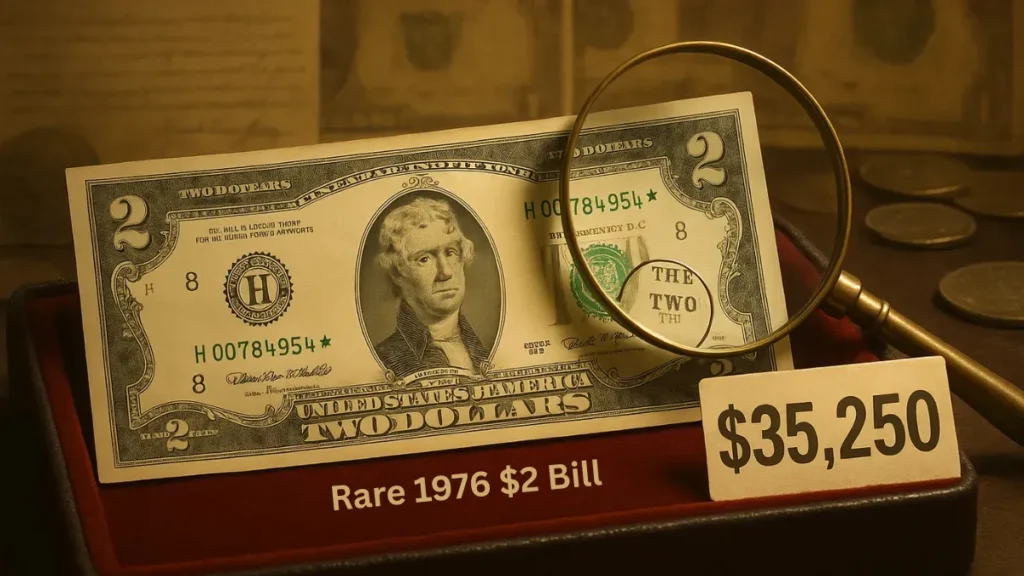




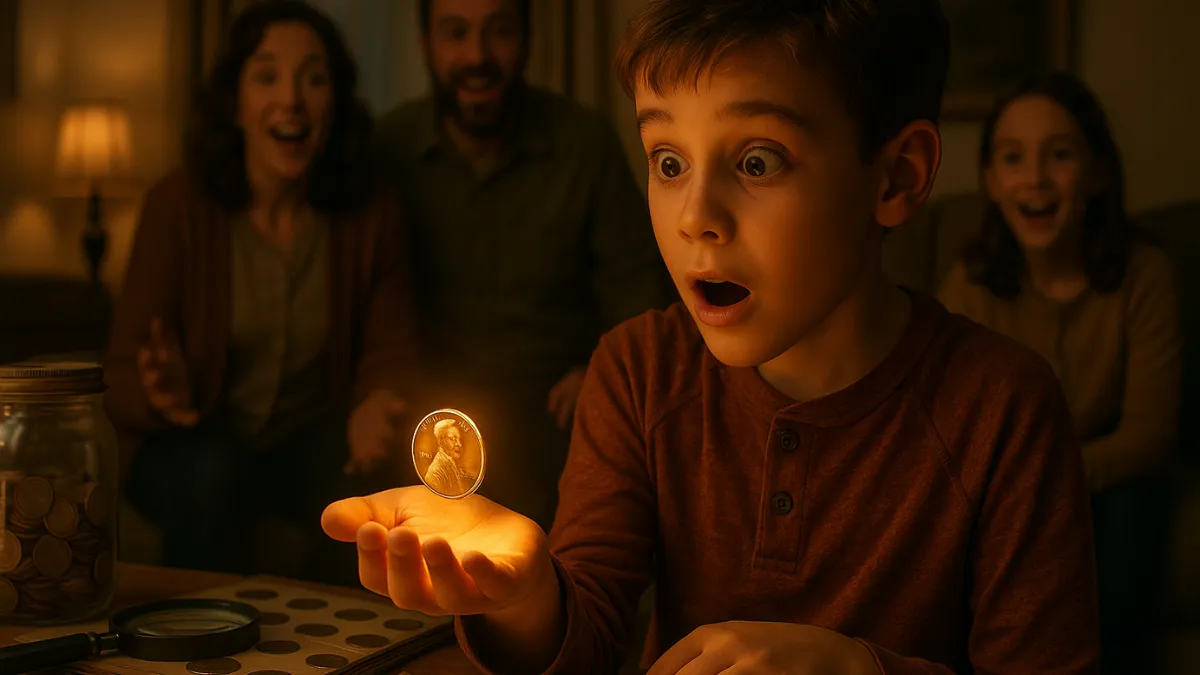
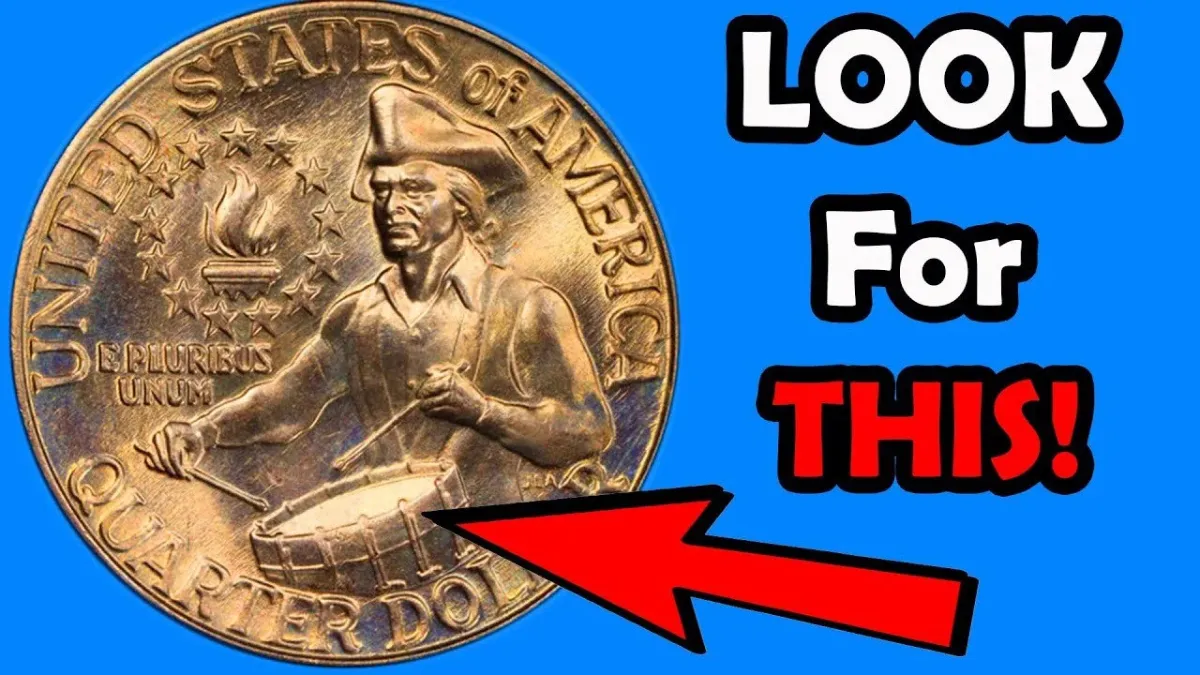
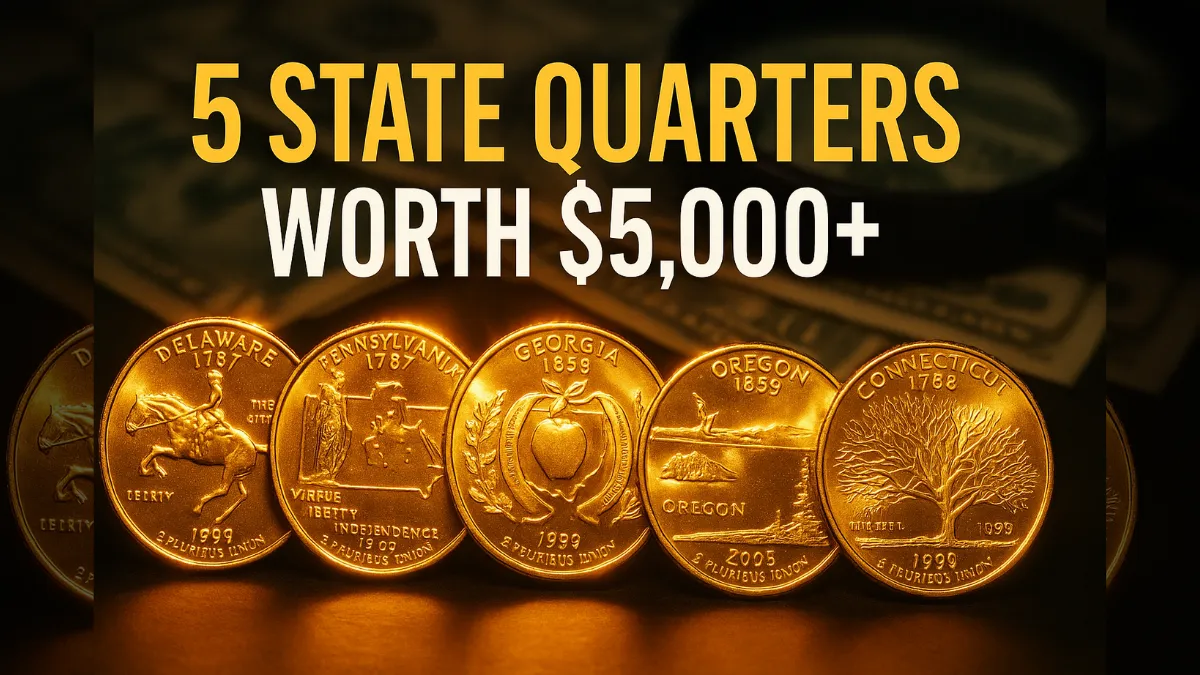

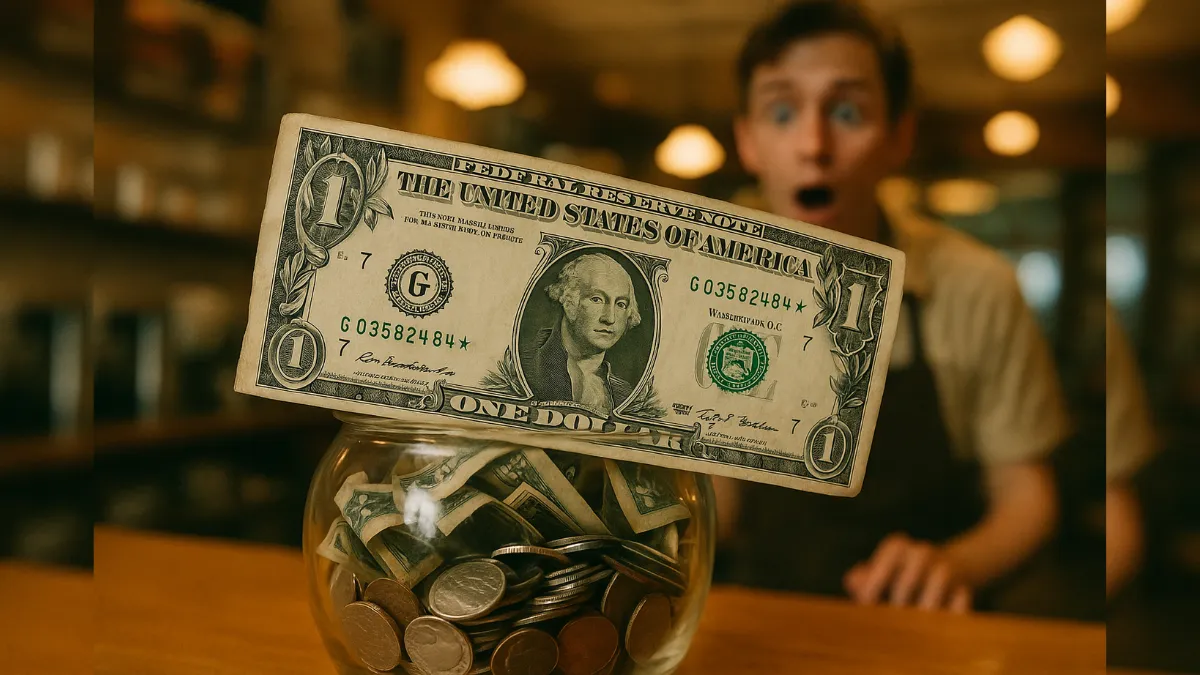


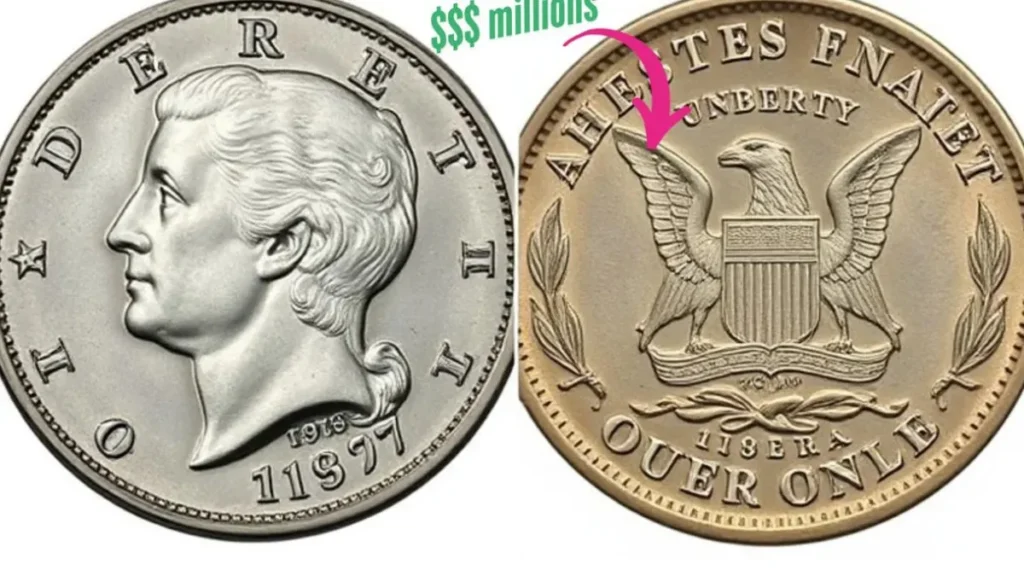
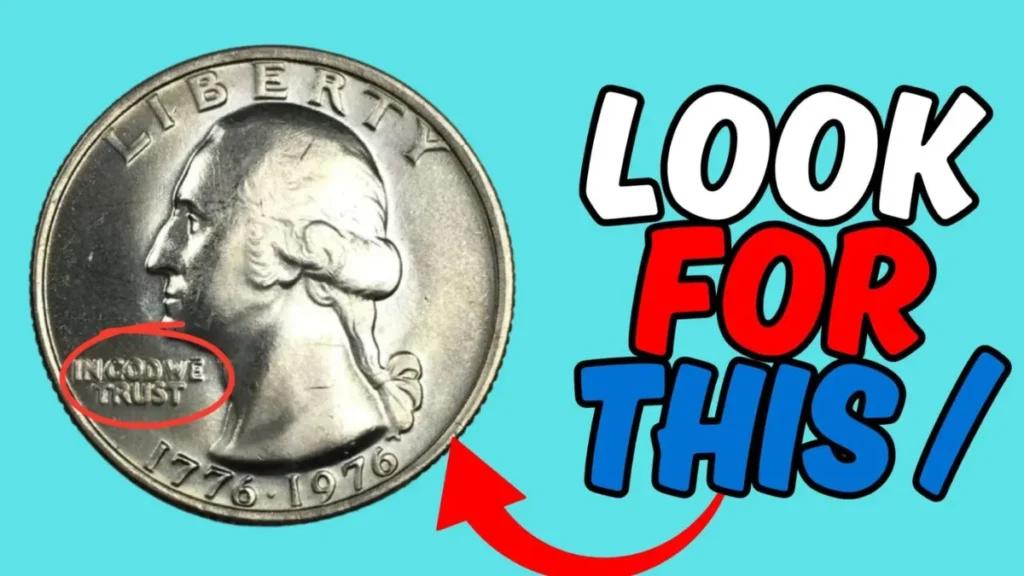
I have a lot of coins in all countries like US, Australia, Canada, Singapore, Malaysia and etc
I have 2$ bills one with star sign in the end but I don’t know what to do and where to check them out also have 2$ bills in coins
I might have this bicentennial 2 dollar bill
I think might have the bicentennial quarter as well just don’t know where to take it to get it appraised or what to do with it